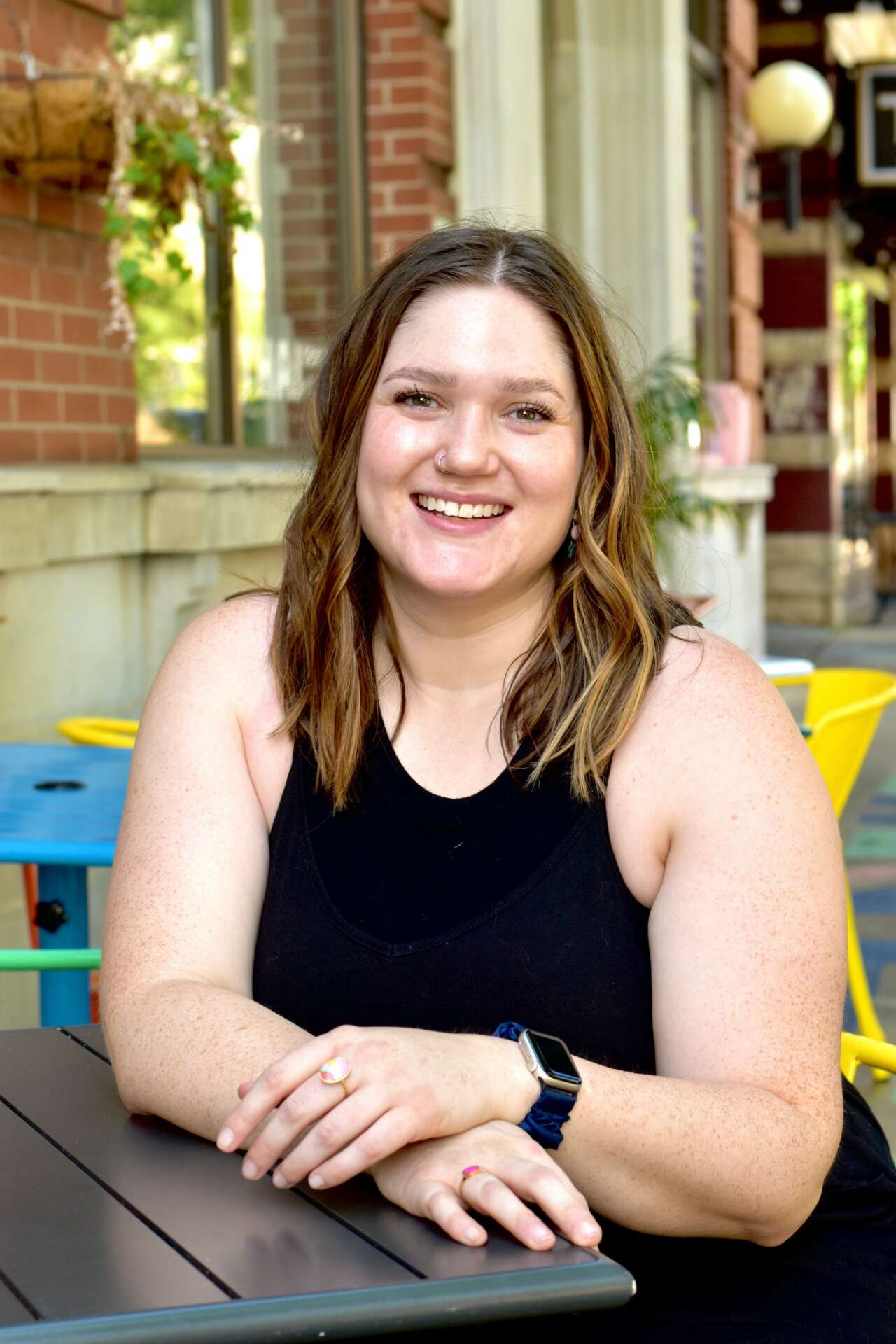We caught up with the brilliant and insightful Madeline Allen a few weeks ago and have shared our conversation below.
Madeline, appreciate you joining us today. How did you learn to do what you do? Knowing what you know now, what could you have done to speed up your learning process? What skills do you think were most essential? What obstacles stood in the way of learning more?
When I first started working with polymer clay, I watched a lot of videos. I’m the type of person who likes to gather as much information as possible before starting any kind of project, and I think that really played to my advantage. I’m super grateful that there are a number of people in the polymer clay community who have created and shared many online resources about their process, so I started with those. That was incredibly helpful when it came to knowing what equipment I needed, what tools to buy, and the basics of working with clay. Beyond that, I really just had to practice and learn as I went. What I thought would be a relatively simple medium is actually extremely intricate and complex. As I would encounter issues (bubbles in the clay after baking, finding the right sanding bit for my rotary tool, etc.), I did my best to troubleshoot them on my own, either through refining a particular step or technique, or by doing additional research. I have a background in education and creative writing, and I think those degrees have taught me the value of both critical thinking and perseverance. An extraordinary amount of problem solving is required in my day-to-day life as a teacher, and I’ve gotten used to thinking on my feet and using the information in front of me to make adjustments. As a writer, you have to be willing to make changes and revisions and learn from mistakes and feedback. This is something I’ve carried with me into all aspects of my life, but I can see the direct connection with my artistic career very clearly.
I also believe wholeheartedly that when you are extremely passionate about something, you’re willing to do more to make it work. I was head over heels for clay, so I genuinely wanted to refine my skills and put in the time and effort required to do that. That became the cornerstone of my growth and learning process.
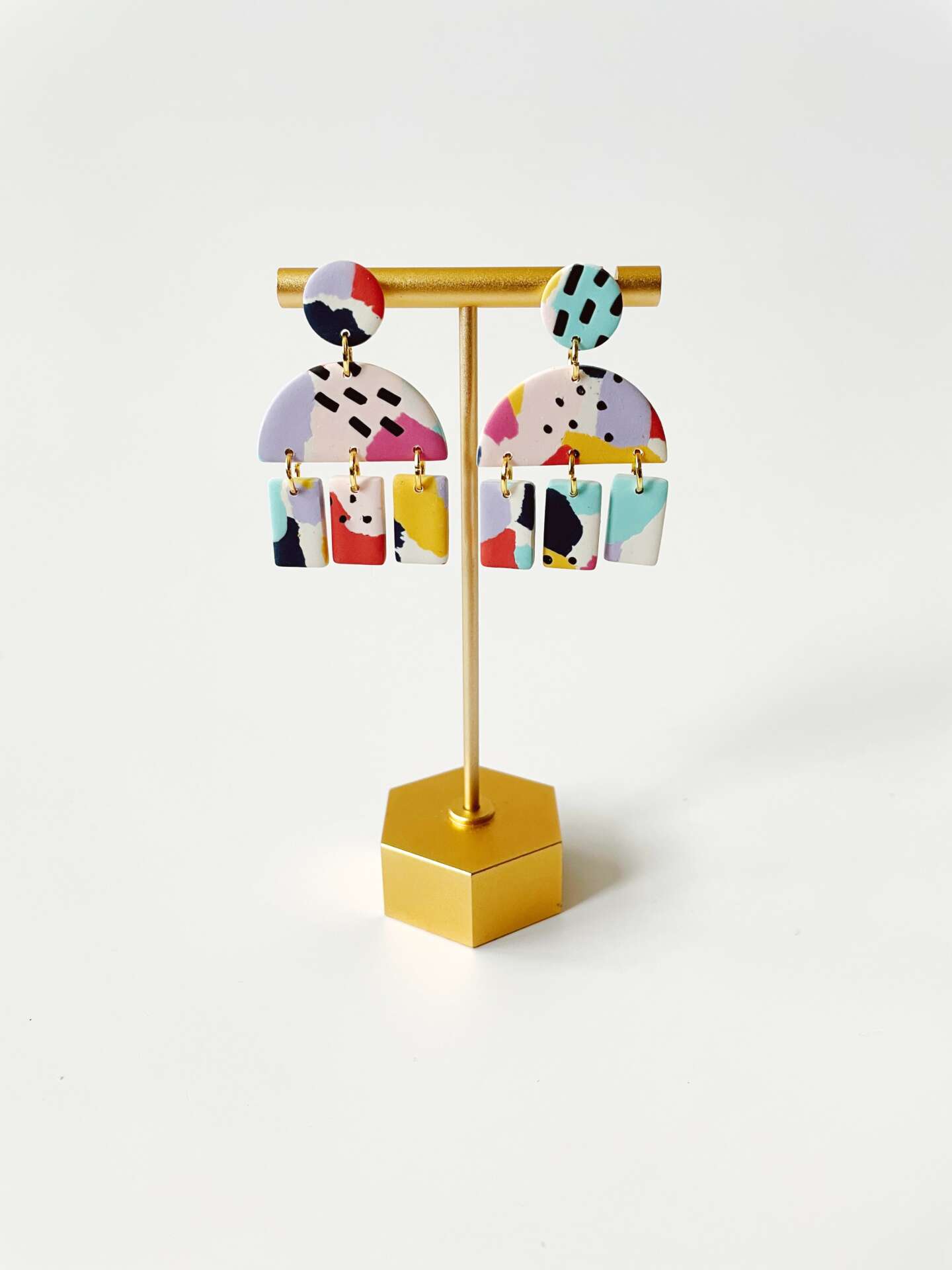
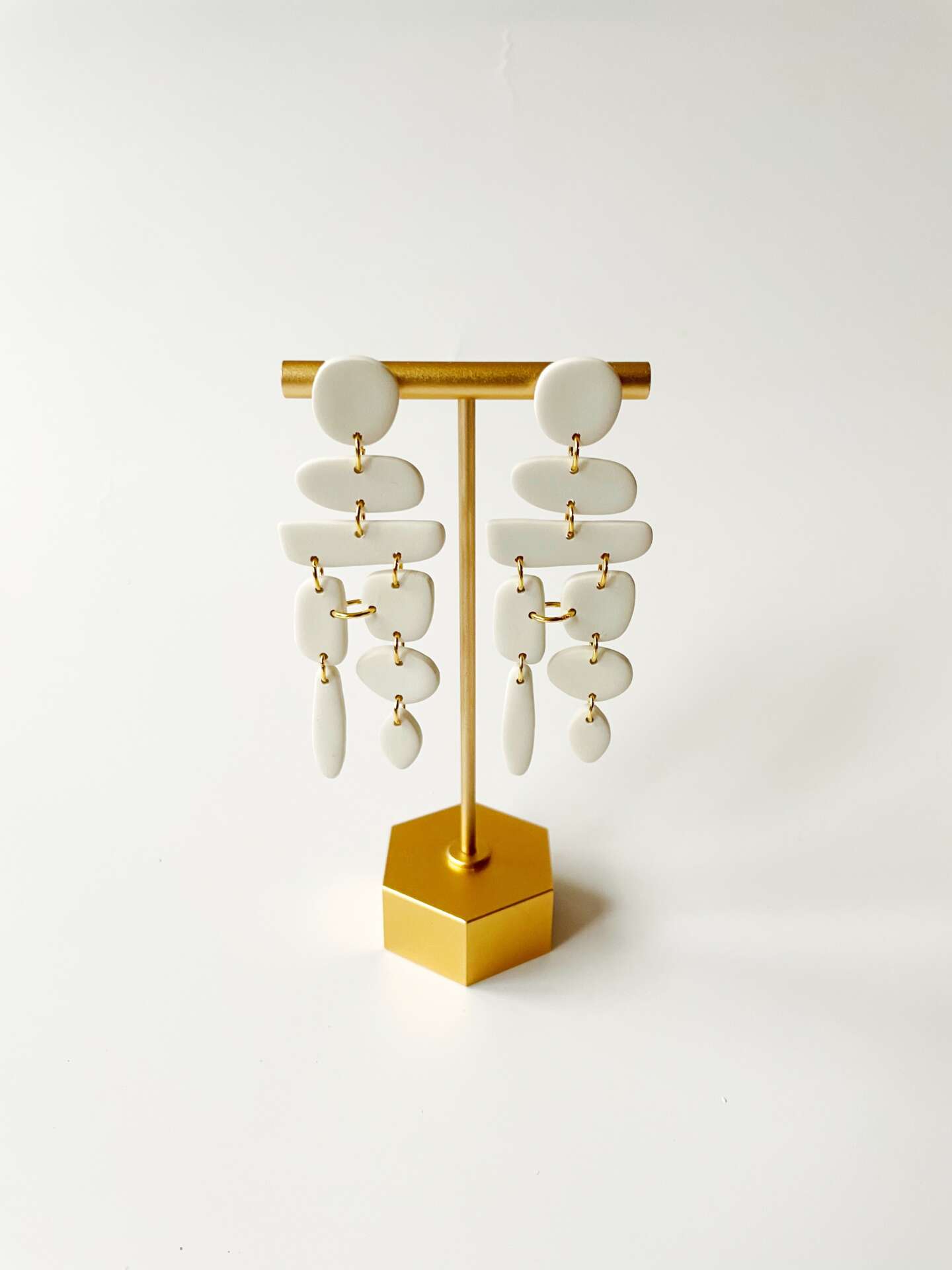
Great, appreciate you sharing that with us. Before we ask you to share more of your insights, can you take a moment to introduce yourself and how you got to where you are today to our readers.
My name is Madeline Allen, and I am the artist and owner behind Meadow & Mae. I started working with polymer clay in 2021, and began selling jewelry as a hobby business on Etsy. Over the past two years, Meadow & Mae has bloomed into a full-fledged business, and I now sell my designs on my own website, at local markets and fairs, and in stores all across the country.
Having been raised by a mother who is also an artist, I definitely learned a lot about creative entrepreneurship from a very young age, and I think that is what encouraged me to start my business in the first place. This whole journey – from selling my very first pair of earrings on Etsy in the fall of 2021 all the way up to my most recent wholesale order for 72 pairs – has been a a life-changing experience. I have gained so much self confidence and grown in so many ways. When I look back at the things that scared me two years ago, I can’t believe how easily I can do them now.
My mission with Meadow & Mae is to help everyone become comfortable expressing themselves through jewelry. Every piece of Meadow & Mae jewelry is completely handmade, starting with carefully mixed clay colors that are carefully conditioned and shaped before being cured in the oven. Each piece is then sanded to a smooth finish before being drilled and assembled using quality hypoallergenic posts and hooks. Because polymer clay is so lightweight, each piece is extremely wearable – even the big ones won’t tug on your ears!
The thing that I think sets me apart is my design aesthetic. I love making bright, funky, statement pieces that stand out. To me, jewelry is one of the easiest ways to level up your personal style because it’s so easy to mix and match. A good pair of earrings can truly change an entire outfit. I believe every single person can rock a big pair of wild earrings – all you have to do is put them on.
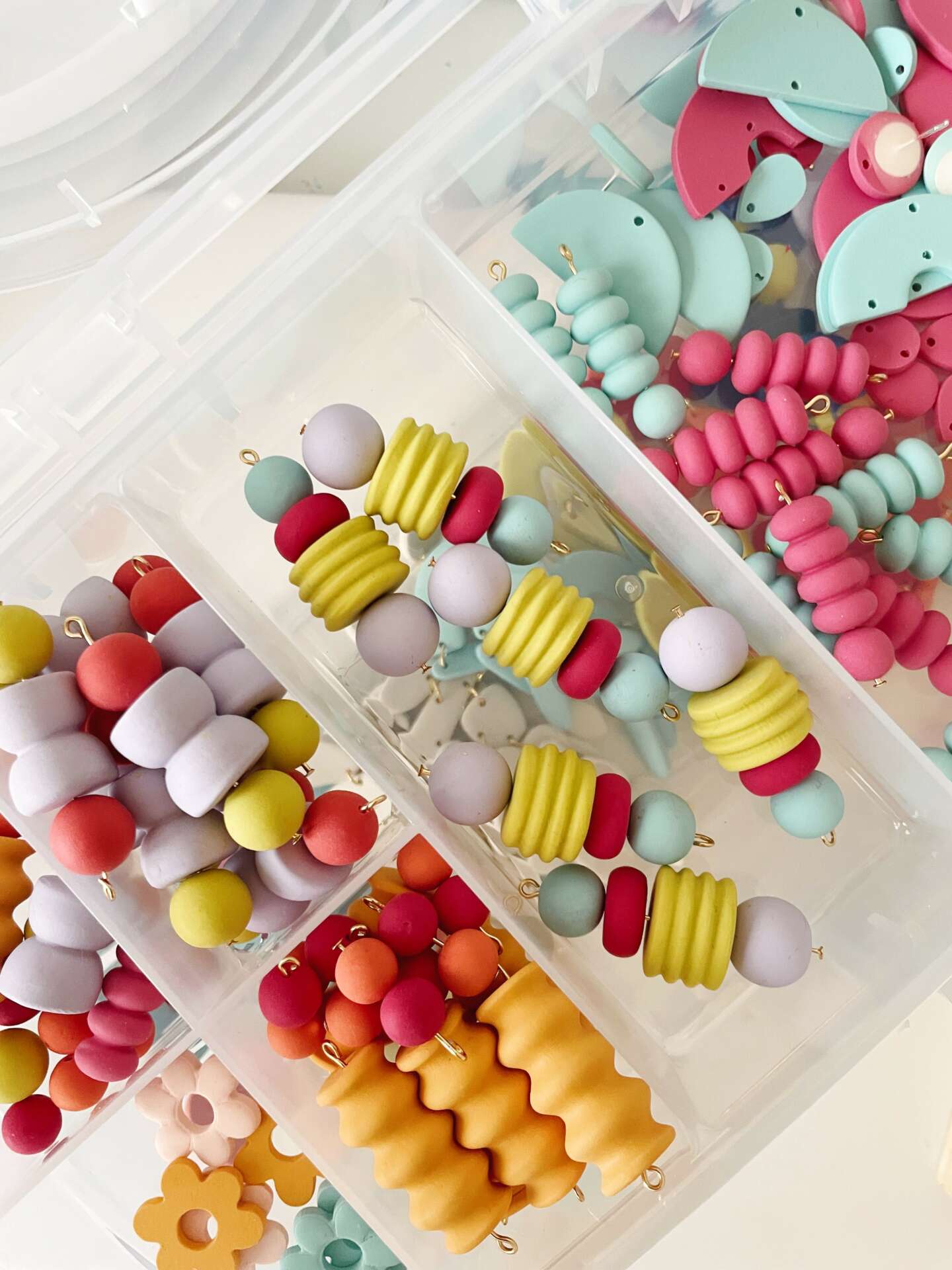
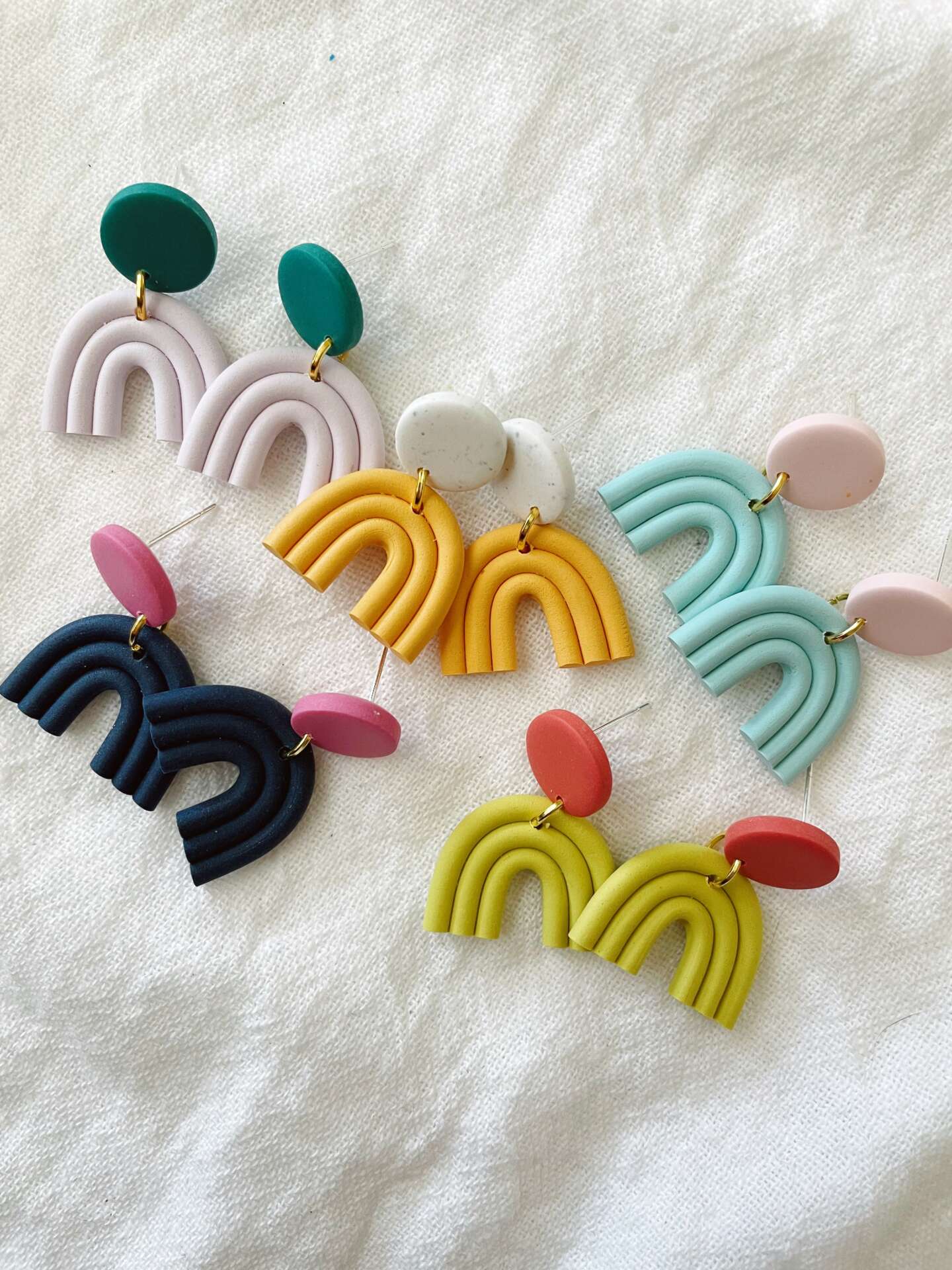
How can we best help foster a strong, supportive environment for artists and creatives?
I think we need to stop thinking of art as an “accessory” to life. It’s often not defined as an essential or as something that is paramount to living a fulfilled life, but it absolutely is. If you take a second to think about the things that make your daily life more enjoyable – whether it’s music, your favorite TV show, a book, a fun outfit, even food – they all involve some level of artistry. If we removed those things from our world, our lives would lose so much joy and meaning.
So when we think about supporting artists, both financially and in other more organic ways, we need to see it as necessary. We need to fund arts programs and arts education. We need to stop teaching children that art is what you do after everything else. We need to frame artistic jobs as valid, worthwhile career paths.
We need to see art as fundamental to life itself, not a luxury.
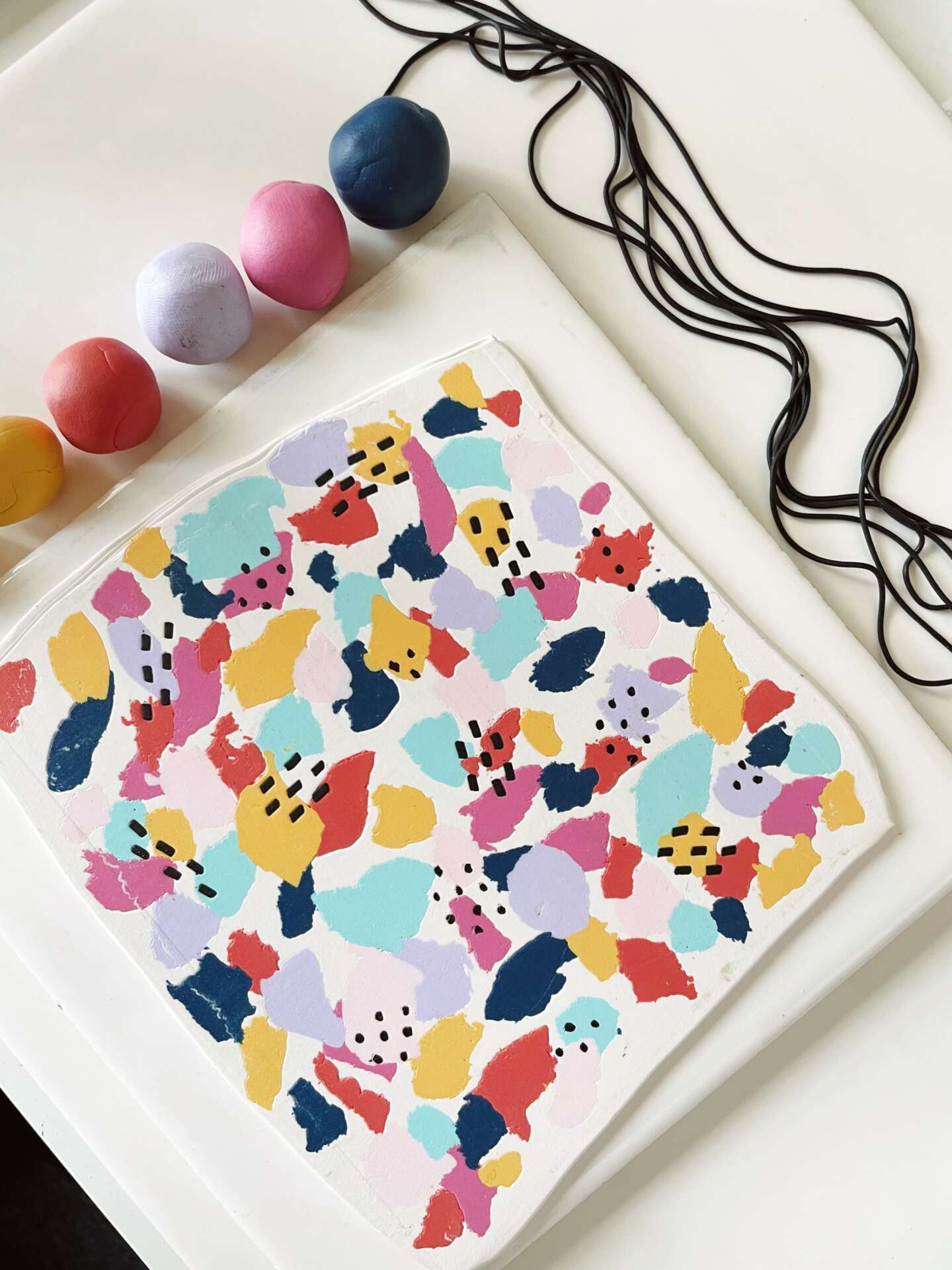
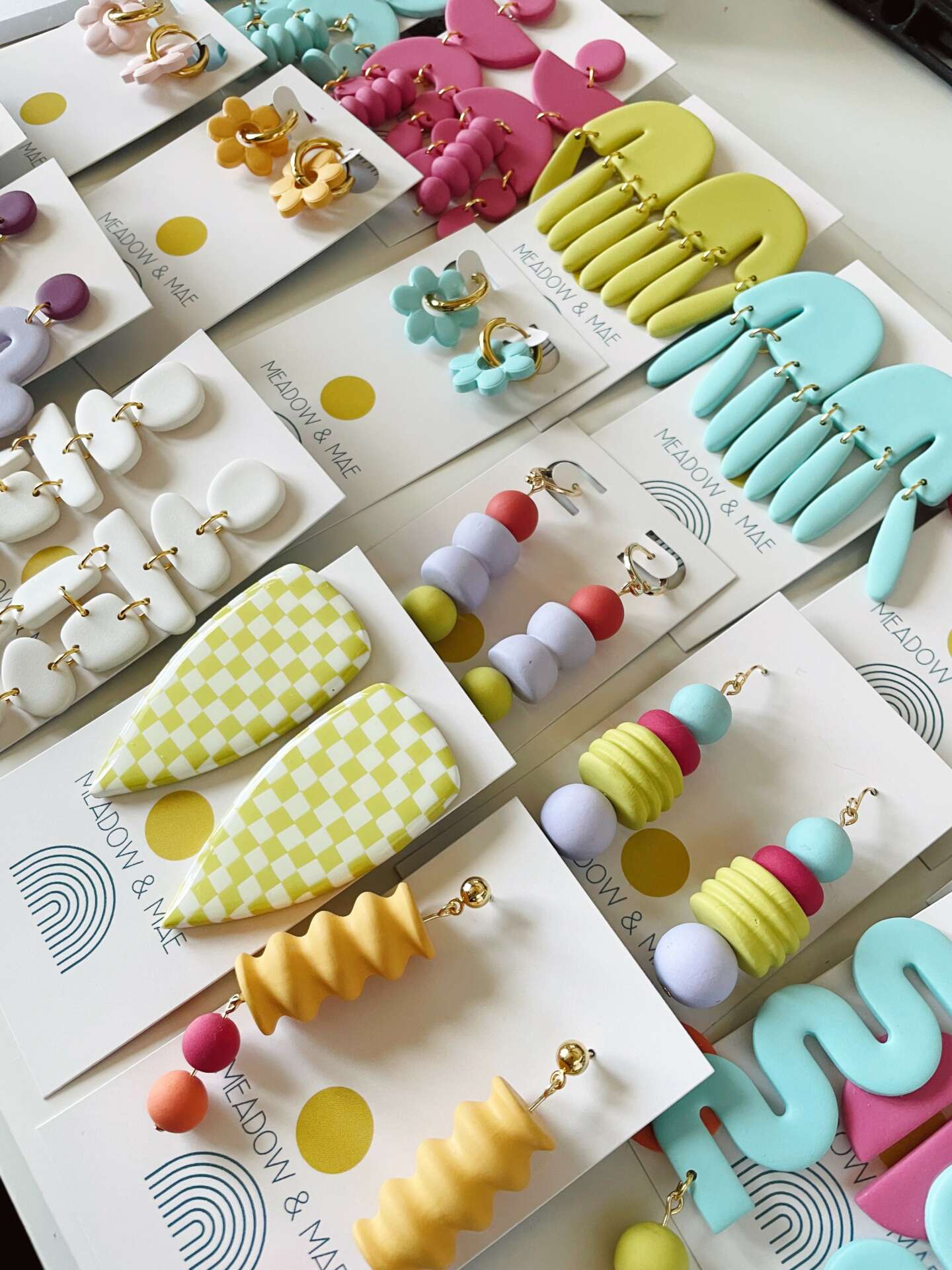
Do you think there is something that non-creatives might struggle to understand about your journey as a creative? Maybe you can shed some light?
Because of the personal nature of art, it can be all the more challenging to build a business around it. Many creatives feel intimately connected to the work they produce, and when you feel your soul is tethered to your creations, that often makes the highs even higher and the lows even lower. I’ve noticed that the successes and failures I’ve experienced in this business are so much more intense than in any other job I’ve had. When you feel that your work and self are intertwined, it can be hard not to define your worth by how your art is received. It’s difficult to not view a critique of your work as a critique of you as a person, or a rejection from a juried show as a rejection of you individually. And if your main source of income is based on the success of your art, it becomes even harder to reckon with the separation of self and art. This can be a constant struggle for many creatives, whether it’s visible or not.
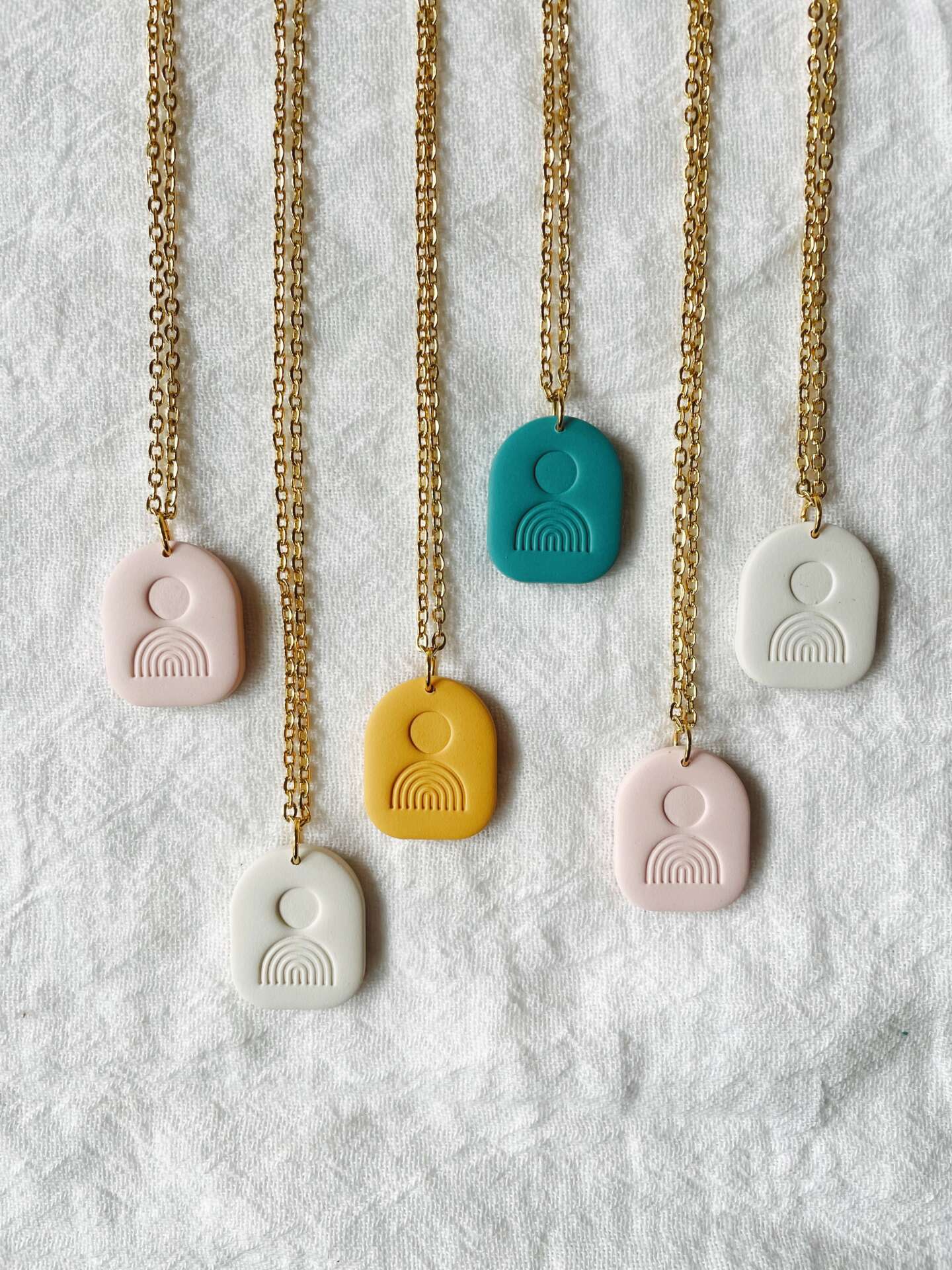
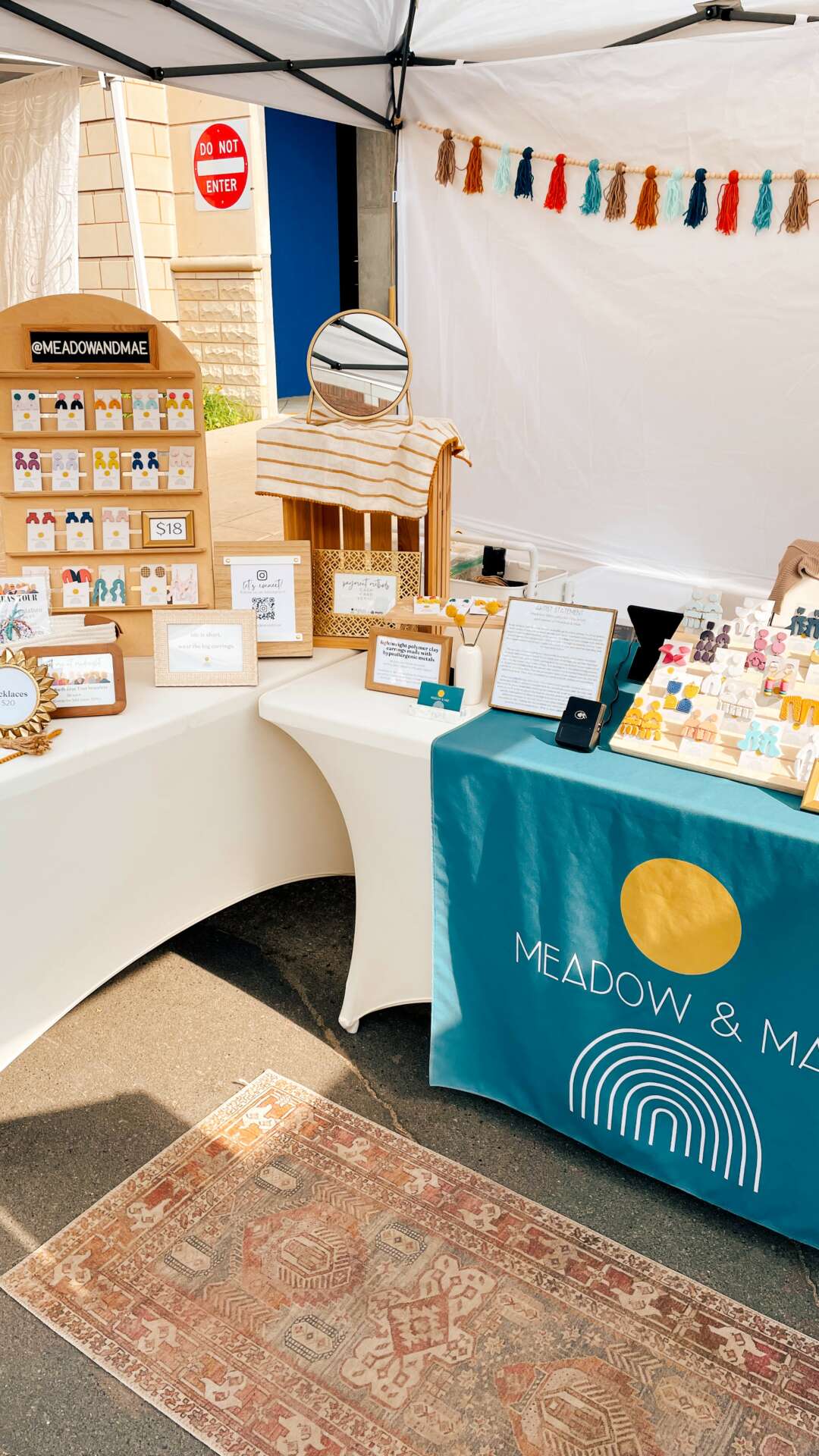
Contact Info:
- Website: www.meadowandmae.com
- Instagram: @meadowandmae
- Facebook: www.facebook.com/meadowandmae


